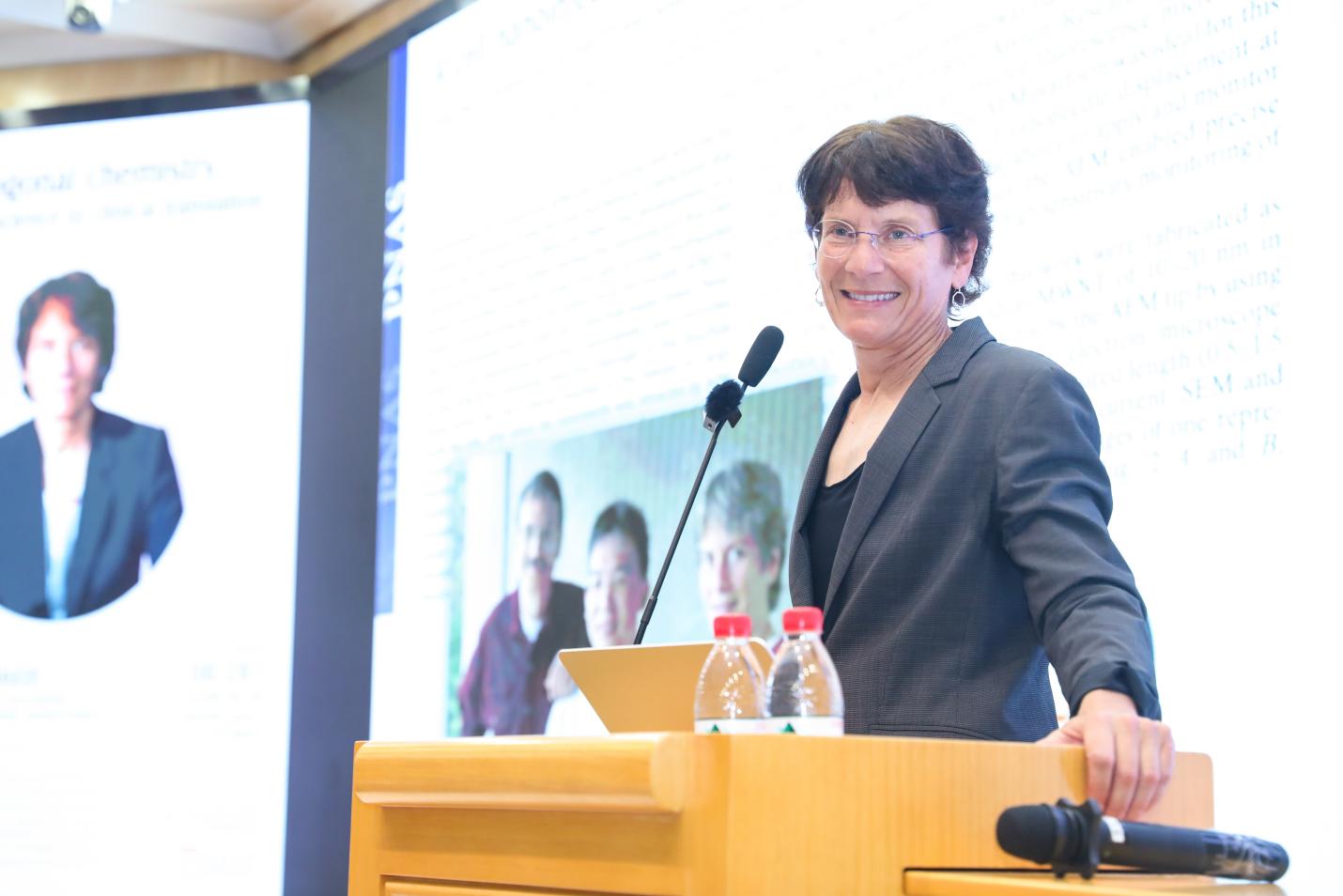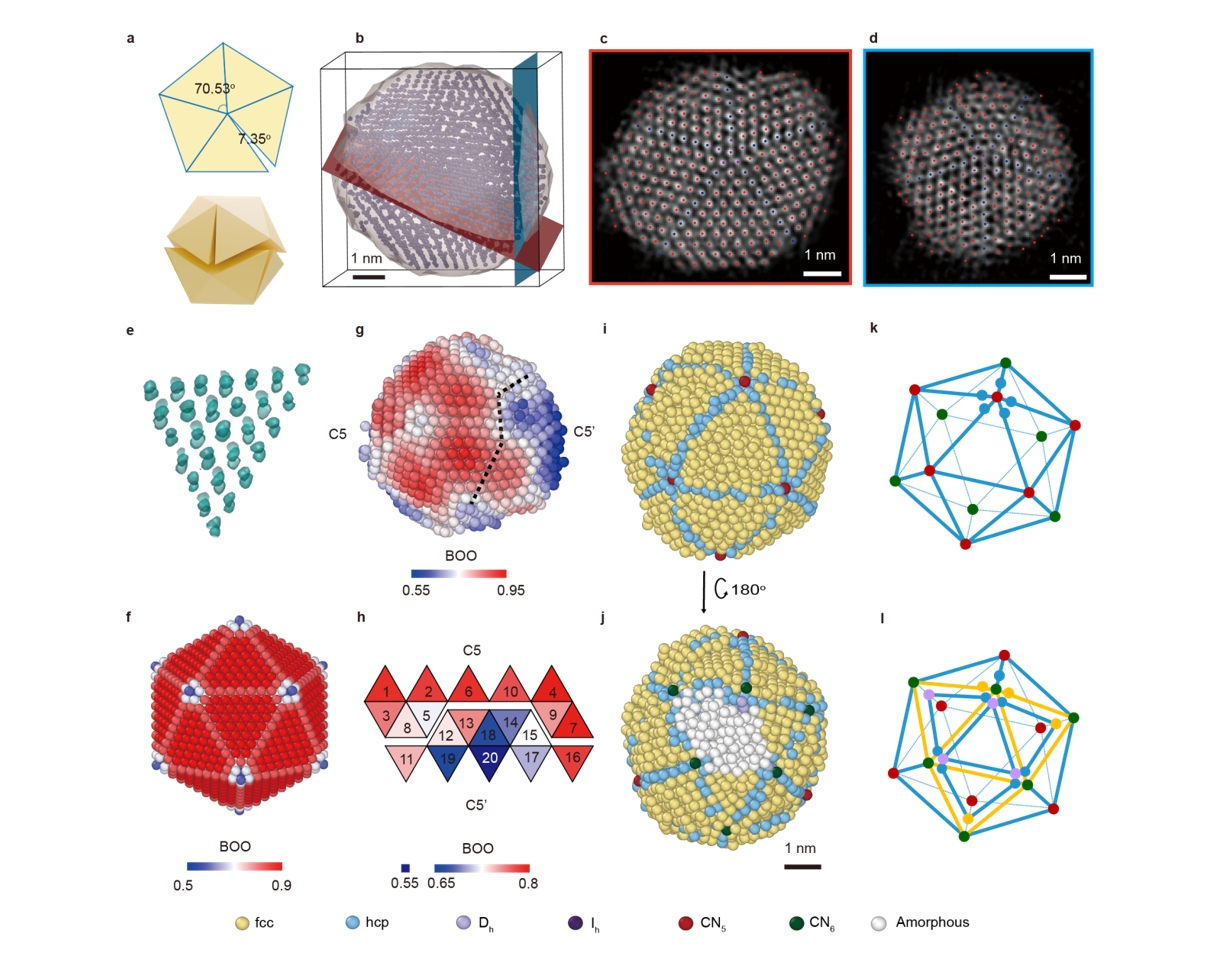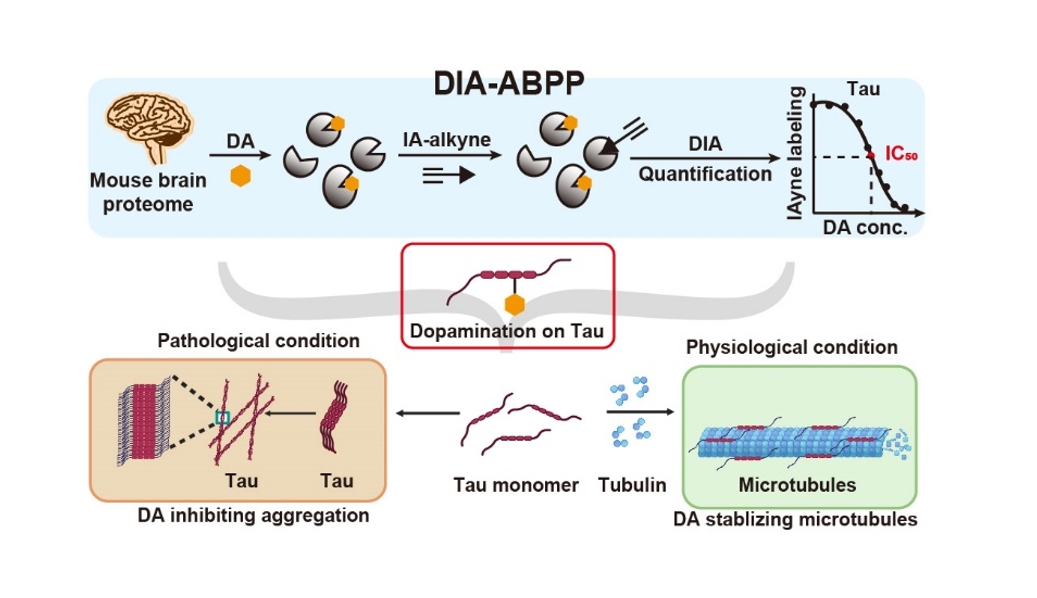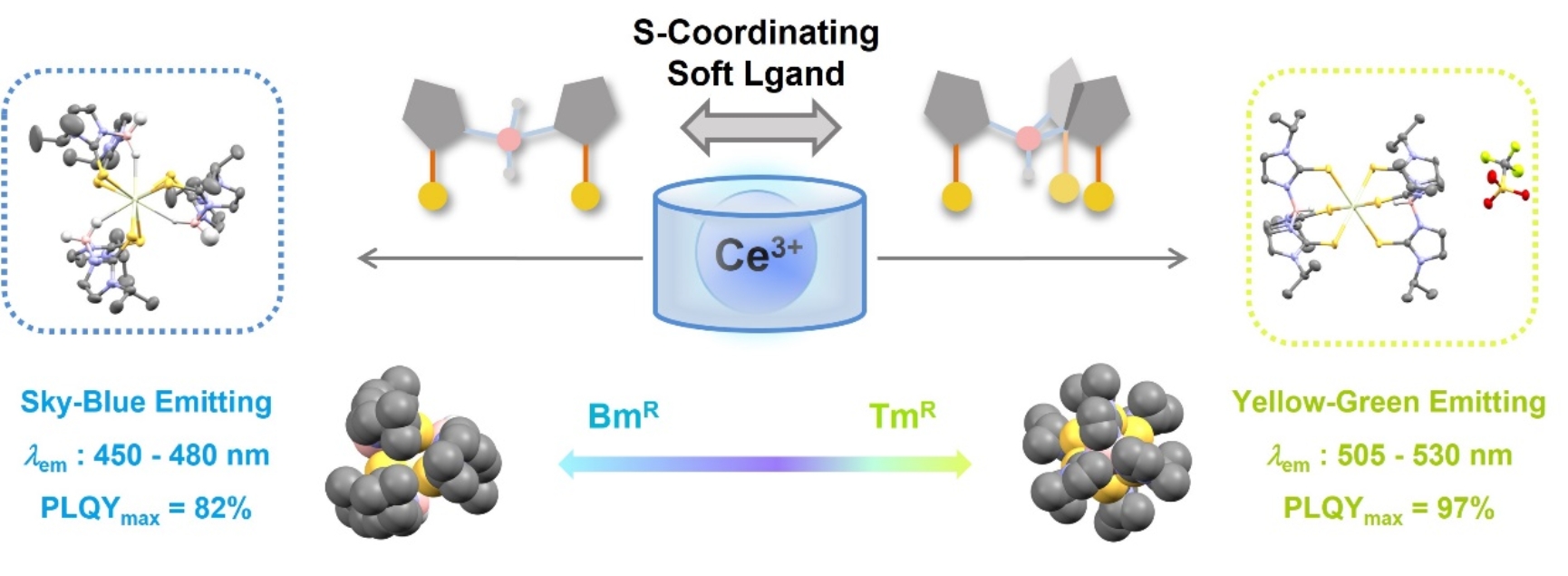Trivalent cerium(Ce(III)) with an electron configuration of 4f1 in the ground state commonly shows parity-allowed 5d-4f (d-f) transition with short excited-state lifetimes and tunable emission colors. Current research on Ce(III) complexes is mostly limited to N- and O-coordinatingligands with emission mainly located in the ultraviolet to blue-green region. As sulfur possesses both strong electron-donating ability and relatively high electronegativity besides nitrogen and oxygen, it becomes a candidate as the coordinating atom in luminescence Ce(III) complex with emission in longerwavelength regions.The team led by Prof. Zhiwei Liu at the College of Chemistry and Molecular Engineering, Peking University, has reported two types of new Ce(III) complexes withnovel luminescence mechanism, high luminescence efficiencyand longer emission wavelength. The research results were recently published online inJournal of the American Chemical Societyon February 7, 2025, with the title “Luminescent Cerium(III) Complexes with Poly(mercaptoimidazolyl)borate: A New Emitter Based on S-Coordinating Ligands”.
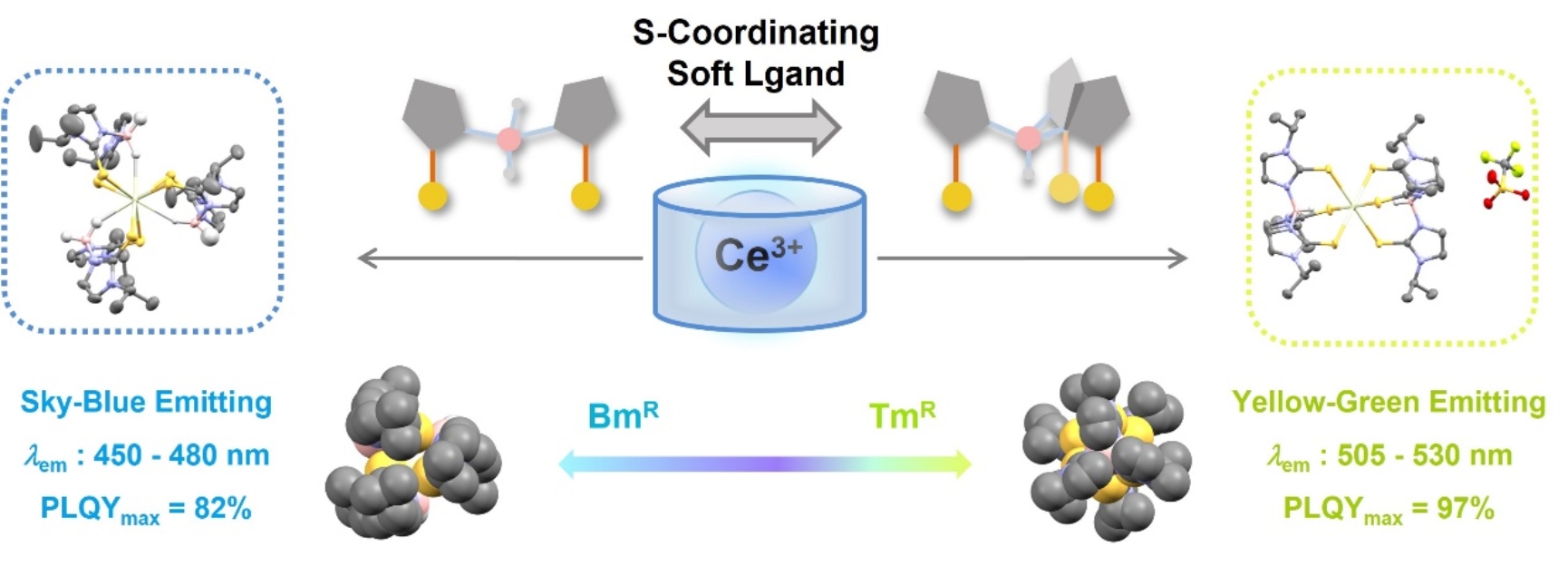
Fig.1 Molecular design and the luminescent properties of Ce-BmR and Ce-TmR(R = Me, iPr, tBu, and Ph) in this work.
The authors characterized the photoluminescence properties of two types of complexes. When the substituent R group on the ligand skeleton is an alkyl group, both Ce-BmR and Ce-TmR exhibit a luminescence mechanism of conventional d-f transition withblue light (~460 nm) and yellow-green light (~520 nm), respectively. Furthermore,the Ce(III) complexes show high photoluminescence quantum yields (PLQY) up to 97%,which isamong the highest when compared with the results ofthed-f luminescent Ce(III) complexes with N- or O-coordinating.While when the R group is a phenyl group, both Ce-BmPh and Ce-TmPhdisplay luminescent mechanismswith multiple excited-state decay components, i.e.delayed d-f transition and ligand centered emission.
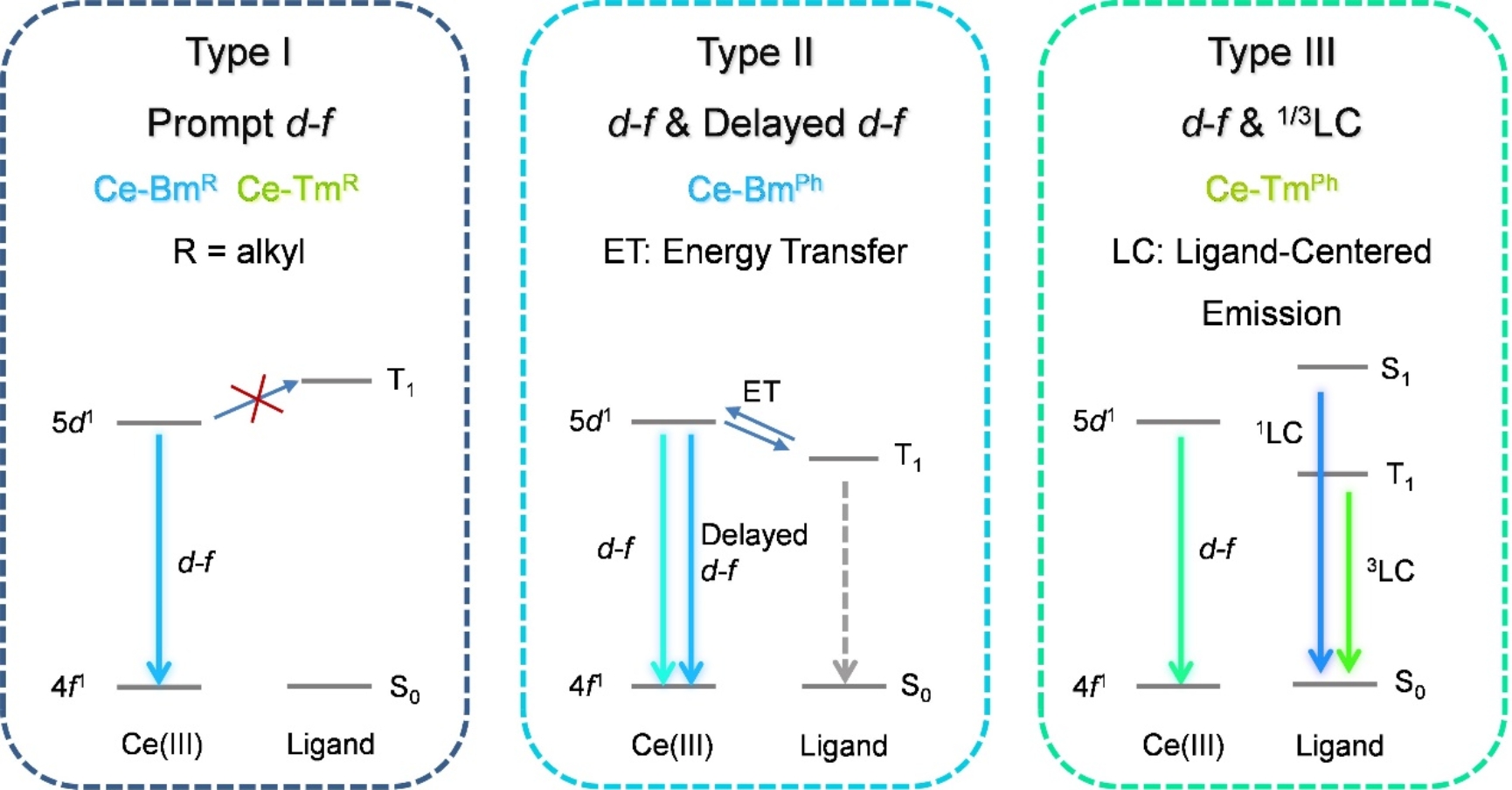
Fig.2 Three types of luminescence mechanisms for Ce(III) complexes involved in this work.
In summary, based on multidentate S-coordinating ligands, two types of new Ce(III) complexes were demonstrated withdifferent luminescent mechanisms and longer emission wavelength, and the luminescence efficiency is among the highestwhen compared withthe currently reported Ce(III) complexes with N- or O-coordinating.This work shows the huge potential of S-coordinating in luminescent lanthanide complexes with d-f transition, providing new insight into the molecular structures and bond lengths in lanthanide complexes based on multidentate soft-donor ligands.
Graduate student Jiayin Zhengis the first author of the paper, and Prof. Zhiwei Liu is the corresponding author. This work was supported by theNational Key R&D Program of China, the National Natural Science Foundation of China, Peking University, and Beijing National Laboratory for Molecular Sciences. We acknowledge the support of the Analytical Instrumentation Center of Peking University.
Link: https://pubs.acs.org/doi/full/10.1021/jacs.4c18459

